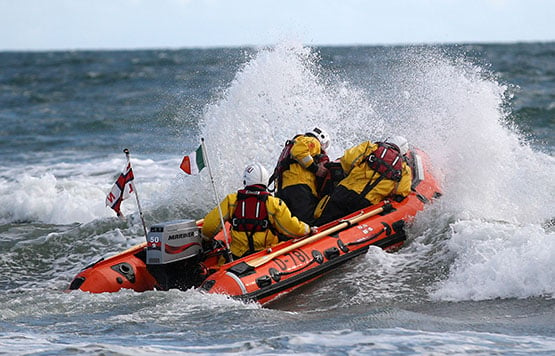
Bangor RNLI Launches Mayday Fundraising Campaign to Support Lifesaving Services
8th April 2024 RNLI Lifeboats
Dun Laoghaire Harbour RNLI Rescue Young Girl From Back of East Pier
7th April 2024 Dun Laoghaire Harbour News

Rose Michael of Malahide is Sailor of the Month (Services to Sailing) for March
1st April 2024 Sailor of the Month
Lough Derg Lifeboat Assists Lone Sailor on Cruiser With Fouled Propellers
31st March 2024 RNLI Lifeboats
Castletownbere RNLI Rescues Fishing Vessel Stranded on North Side of Sheep's Head
30th March 2024 RNLI Lifeboats
RNLI Ballycotton and Galway City's Rapid Rescue Response on Seascapes RNLI Special Tonight
29th March 2024 Seascapes
Larne RNLI Celebrates Charity’s 200th Milestone With Gala Ball Raising More Than £4,600
28th March 2024 RNLI Lifeboats


Castletownbere RNLI to Feature in Maritime TV Docu Series as 'Saving Lives at Sea' Returns to the Screen
25th March 2024 RNLI Lifeboats
Lough Derg Lifeboat Assists Family of Four on 34ft Cruiser Aground Near Portumna
24th March 2024 RNLI Lifeboats
RNLI's Carrybridge Lifeboat Crew to be Featured in BBC's Saving Lives at Sea
24th March 2024 RNLI Lifeboats
RNLI Red Bay Lifeboat and Sea Shanties on Second RTE Seascapes Special Tonight
22nd March 2024 Seascapes
St Patrick’s Day Launch for Portaferry Lifeboat to Assist Ocean Rowing Vessel
21st March 2024 RNLI Lifeboats





























































